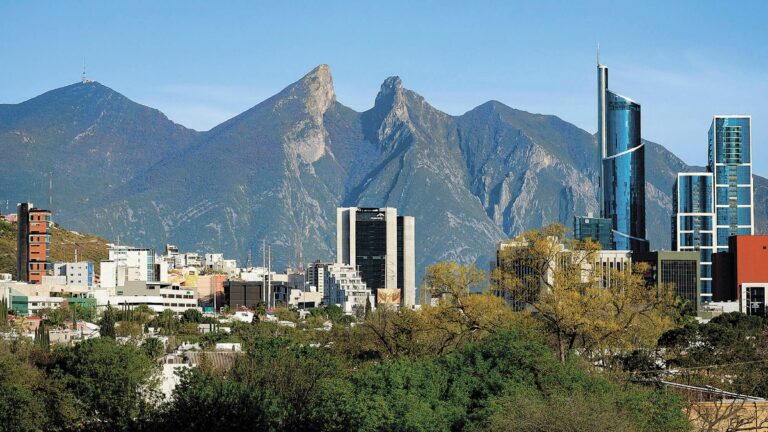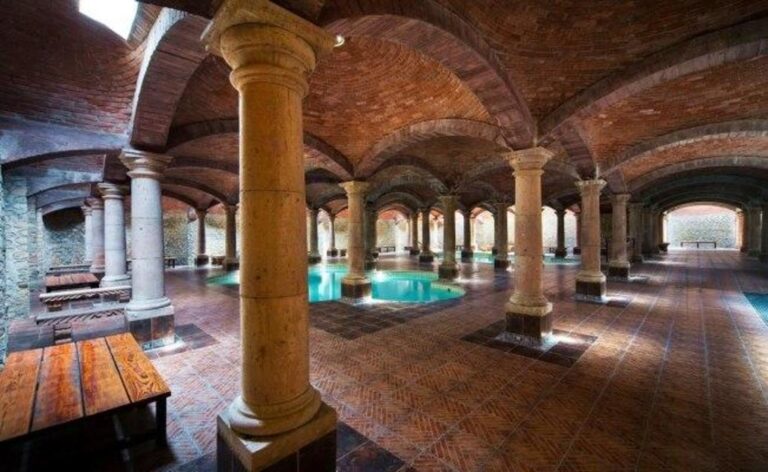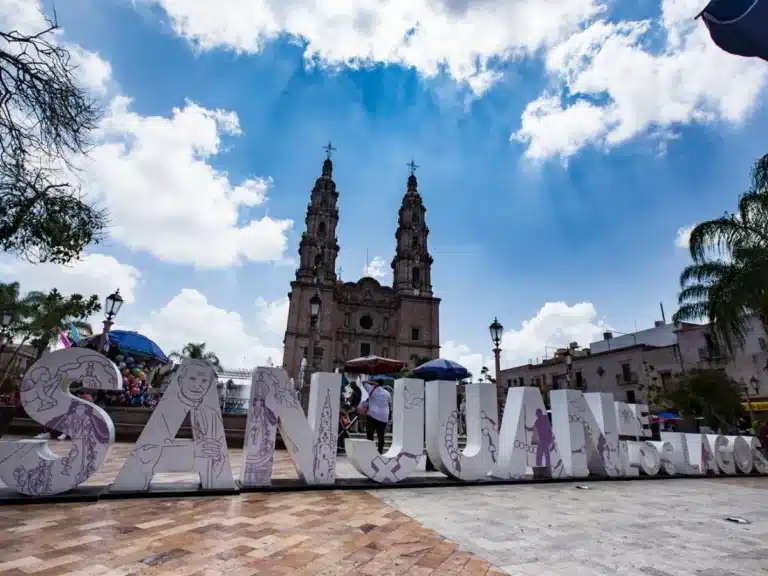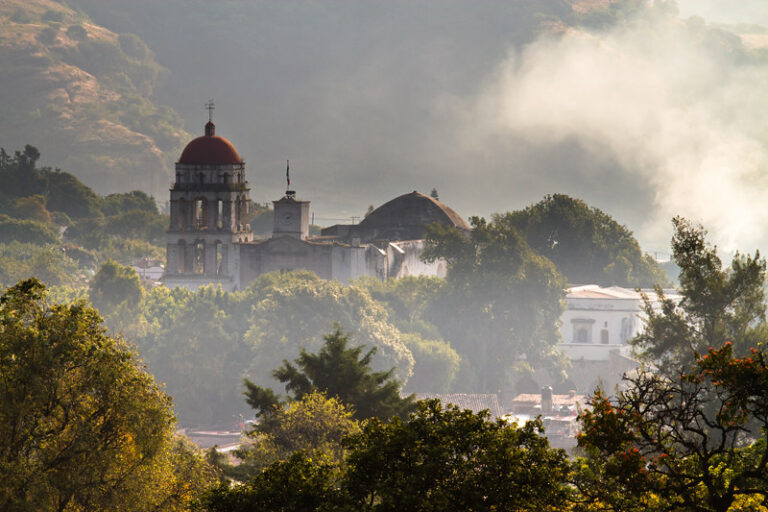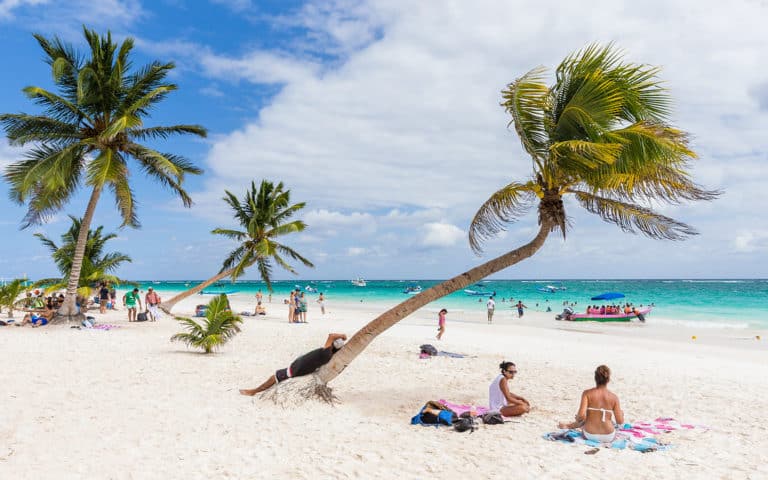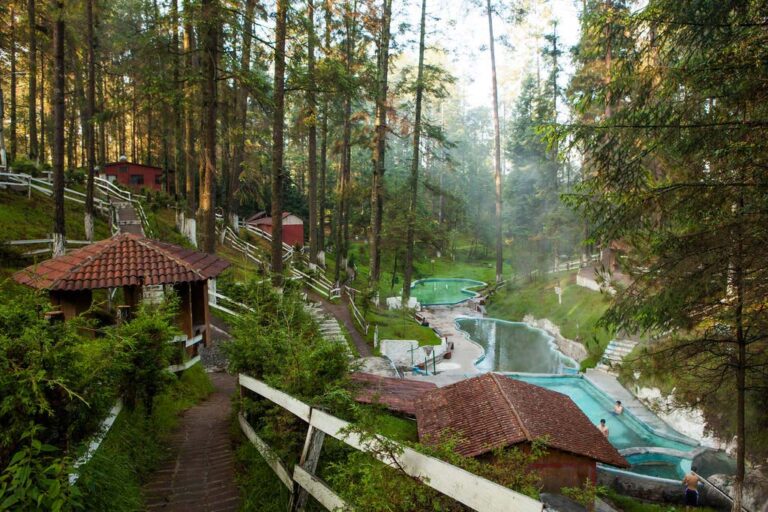12 Oaxaca Pyramids and Ruins to Explore in 2024
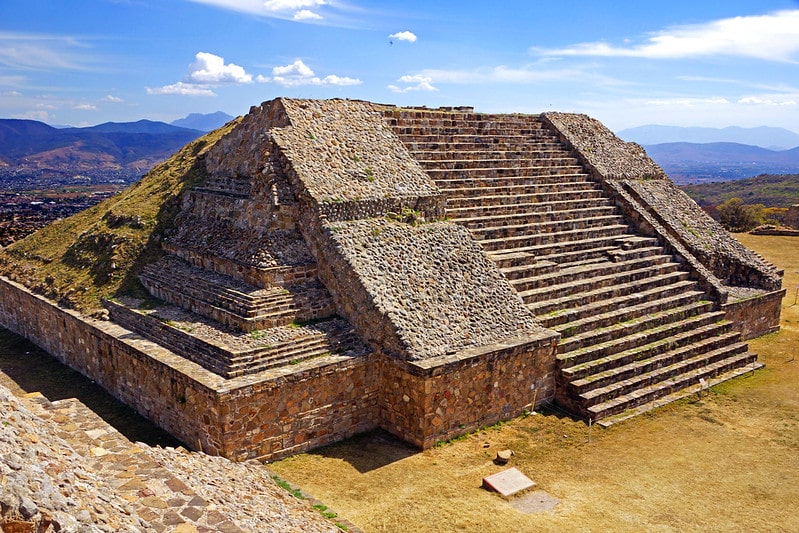
Welcome to my latest blog post on the top 12 pyramids and ruins to visit in Oaxaca in 2024!
As you may know, Oaxaca is a Mexican state with a rich history and cultural heritage and is home to some of the most impressive ancient ruins in the world.
These pyramids and ruins offer a glimpse into the past and the fascinating civilizations that once thrived in this region.
From the towering pyramids of Monte Albán to the intricate carvings of Mitla, there is something for everyone to discover in Oaxaca.
Today, I will guide you through the top pyramids and ruins to visit in Oaxaca, so get ready to embark on an unforgettable journey through time!
Getting to Oaxaca’s archaeological zone
The archaeological zone of Oaxaca refers to the ancient ruins of the Zapotec and Mixtec civilizations that flourished in the area thousands of years ago.
The most famous site is Monte Albán, which is located about 10 km west of Oaxaca City.
There are several ways to get to the archaeological zone of Oaxaca:
By Taxi: You can take a taxi from Oaxaca to Monte Albán. Taxis are available throughout the city and can be hailed on the street or found at taxi stands. The ride takes about 20 minutes and should cost around 150-200 Mexican pesos.
By Bus: There are also local buses that run from the city to Monte Albán. Look for the ones that say “Monte Albán” or “Xoxocotlán” and board at the Central de Abastos bus station or on the corner of Independencia and Fiallo streets. The ride takes about 30-40 minutes and should cost 10-15 pesos.
By Tour: Many tour companies in Oaxaca offer guided tours to Monte Albán and other archaeological sites in the area. This can be a convenient and informative way to visit the site, as the guides can provide historical and cultural context.
Another recommended option is to rent a car, which would allow you to move around freely and visit many other nearby towns of interest.
Regardless of how you choose to get there, visiting the archaeological zone of Oaxaca is a fascinating and rewarding experience that offers a glimpse into the rich history and culture of the region.
12 top pyramids and ruins to visit in Oaxaca
1. Monte Alban pyramids in Oaxaca
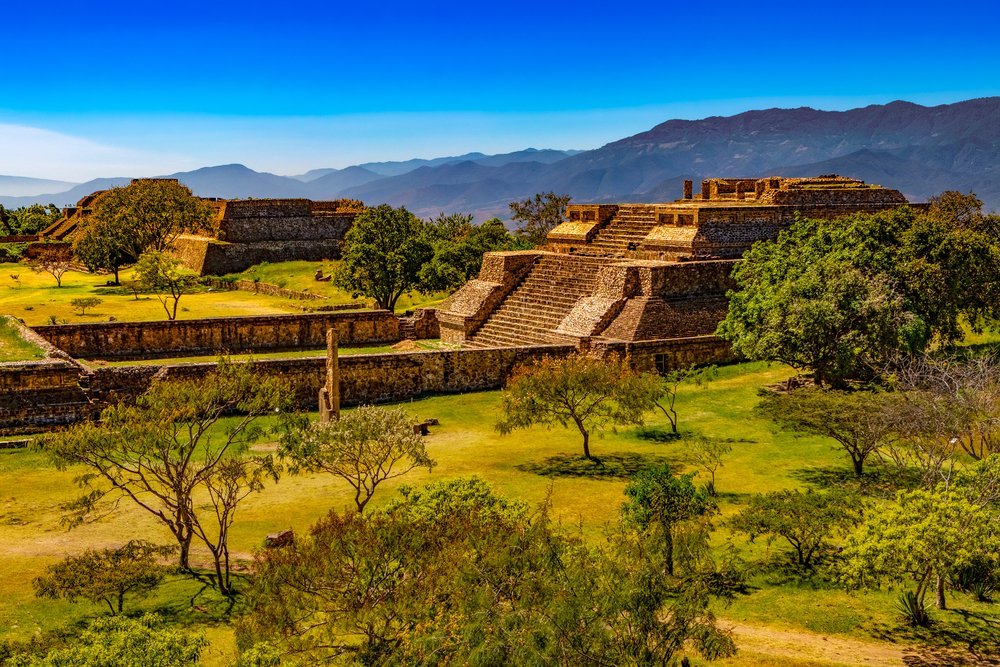
Again, these ruins are about 20 minutes away from the center of Oaxaca. They represent one of the most valuable cultural centers for the Zapotec people.
Settlers founded Monte Alban from the Valley of Oaxaca on the top of a hill and within a lush forest 500 years B.C.
It was the heart of the city and most probably functioned as the seat of an important market in the region.
It is known that before being taken by the Mixtecs until shortly before the arrival of the Spaniards, it had been the capital.
The archaeological zone is divided into 10 sections. Five of them, The Palace, The Great Plaza, The Dancers, the Ball Game Area and the GHI Central Buildings, where the famous and elaborate jade mask of the Bat God was found.

Recommended Hotel in Oaxaca City: BOULENC BED AND BREAD
In addition to visiting its main plaza with grandiose ceremonial and civic buildings, you can visit its museum and learn about the city and the lifestyle of its first inhabitants.
Monte Alban is open all week from 8 am to 5 pm.
2. Dainzú ruins in Oaxaca
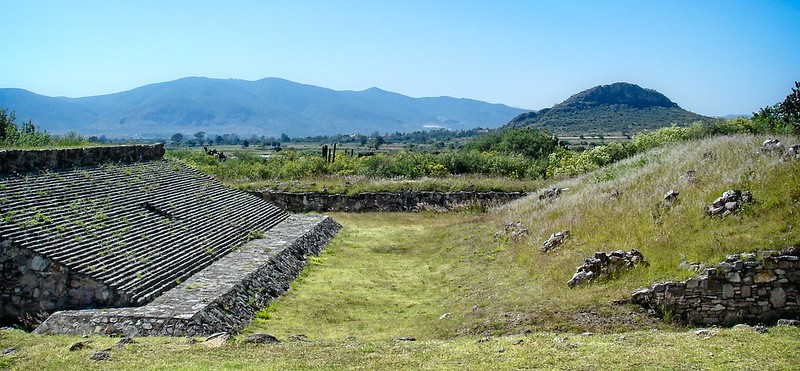
Built on the hills surrounding Oaxaca, in the municipality of Tlacolula, it is believed to have been a city founded before Monte Alban.
This archaeological zone, rich in religious centers and residences, belongs to the Zapotec culture.
One of its main attractions is its stone slabs with human figures in low relief, representing ball players.
It is believed that Dainzú was inhabited from 750 B.C. to 1200 A.D. and that it enjoyed a splendor between 600 B.C. and 200 A.D.
3. Yucuita ruins
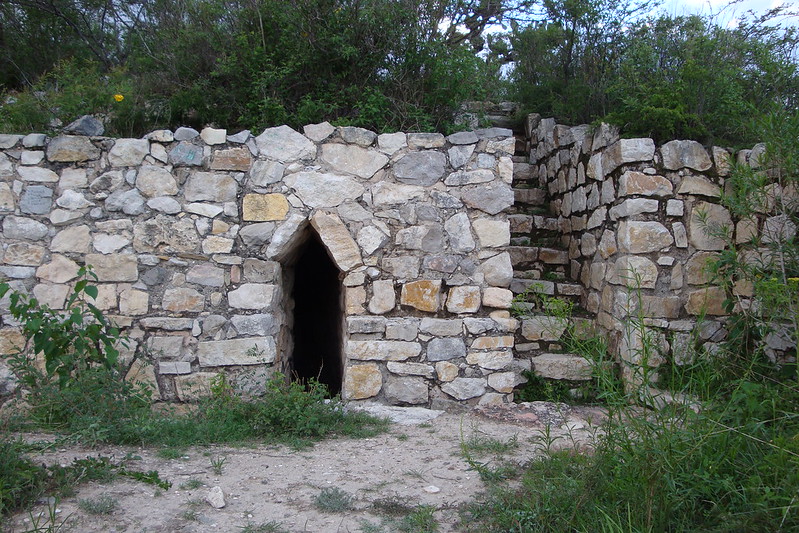
Yúcu: hill, and ita: flower, is the meaning of this small Mixtec village dedicated to obsidian trade and agriculture.
The “hill of flowers” is one of Mexico’s largest and oldest archaeological sites, which scientists and other archaeological experts have investigated.
In Yucuita, you will find 2 tourist complexes, one that served as a ceremonial center and the other where the ruling elite of the population lived.
It is also famous for its rich variety of painted pottery, replicas exhibited in the San Juan Yucuita.
4. Zaachila ruins in Oaxaca
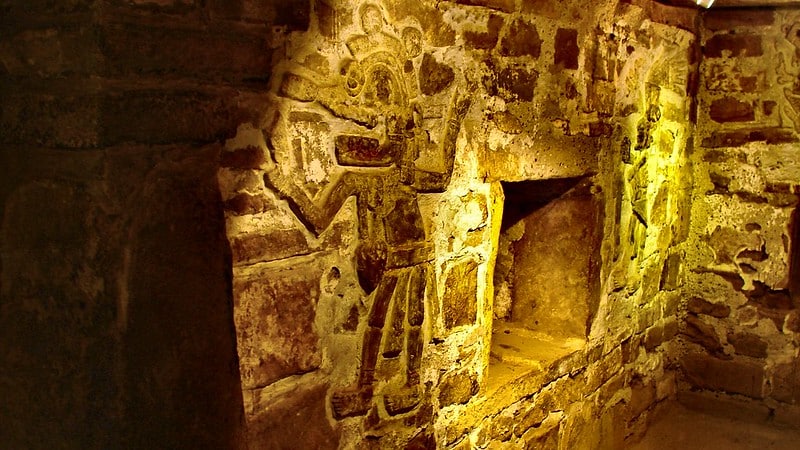
The “first daughter of the earth,” which means Zaachila in Zapotec, is an important archaeological zone because it is considered the last capital of the Zapotec people, where numerous caves have been found with symbols of this Mesoamerican civilization.
Its main attraction is 2 tombs with walls with stucco figures showing creatures related to the world of the dead.
When you visit, you will find temporary exhibitions and guided tours.
On the last Monday of July of each year, the goddess of corn is honored with dances, parades, and traditional food. Those present are offered mezcal, tepache, tamales and atole.
Zaachila is open daily from 9 am to 4 pm.
5. La Casa de la Cacica
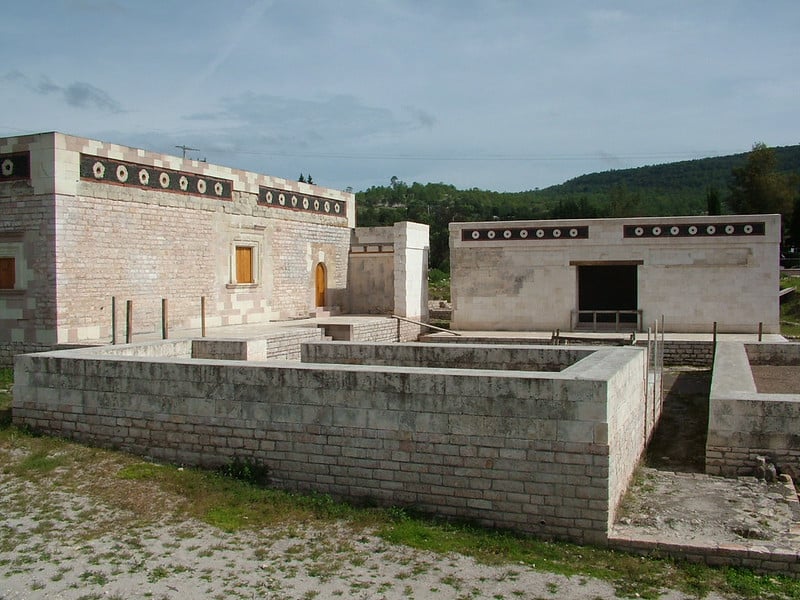
This Archaeological site comprises the remains of administrative and religious constructions.
The Casa de la Cacica was built in the 1550s, fusing Mixtec techniques and designs with different Spanish architectural elements.
Inside, some indigenous paintings are still intact.
The construction of this palace of great architectural beauty that demonstrates economic and political power, was part of a project to relocate the administrative and religious center of Teposcolula.
6. Mitla’s famous ruins in Oaxaca
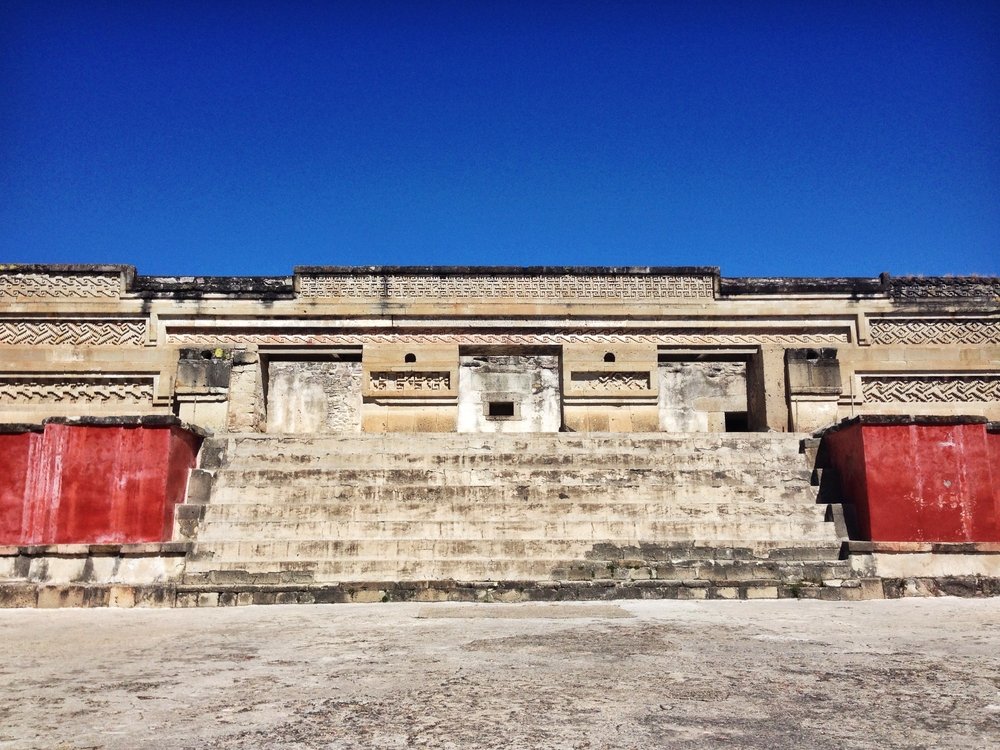
Mitla boasts the second most outstanding pre-Columbian ruins of Oaxaca.
It is believed that in this religious center, the Zapotec people converged the living and the dead. In fact, Mitla means “place of the dead” in Nahuatl.
Before being expelled by the Mixtecs, who controlled it until the arrival of the Spaniards in 1553, it had been inhabited by the Zapotec people.
Mitla, in the municipality of San Pablo Villa de Mitla, is divided into 5 groups of monumental architecture:
- Southern Group
- Adobe or Calvary Group
- North Group
- Arroyo Group
- Group of the columns
The last two stand out for their palaces, characterized by large monoliths and ornate facades, with mosaics of grecas of different designs.
You can visit the Mitla archaeological zone every day from 8 -5.
7. Yagul ruins in Oaxaca
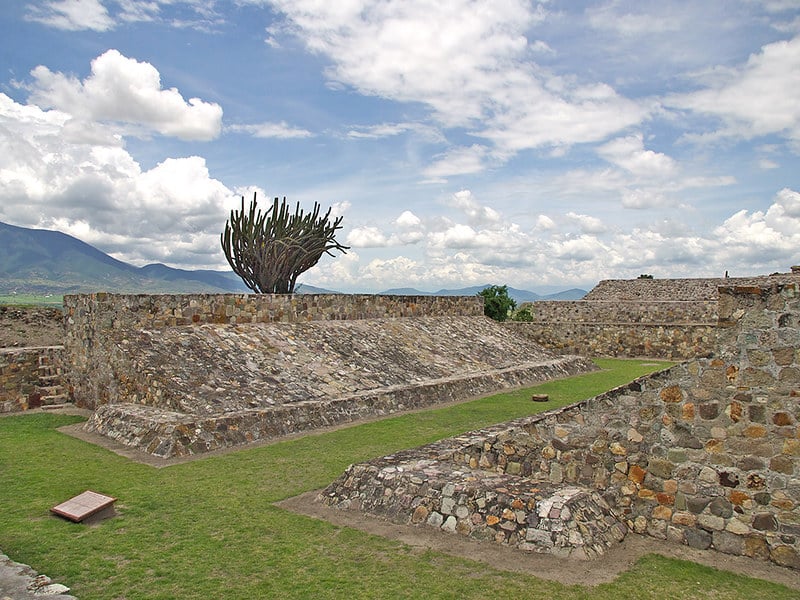
Yagul is an archaeological site built on a hill used as a refuge after the fall of Monte Alban.
These ruins are divided into three main sections:
- The Ceremonial Center
- The Fortress
- The Patio of the Triple Tomb
Yagul also has 12 different structures, including a tomb decorated with stone reliefs and cave paintings believed to have been made by the first residents of the Valley of Oaxaca.
Unesco recognized its cultural and natural value by declaring it a World Heritage Site in 2010.
Visit these historically rich ruins daily from 8 am to 5 pm.
8. Guiengola pyramids and ruins in Oaxaca
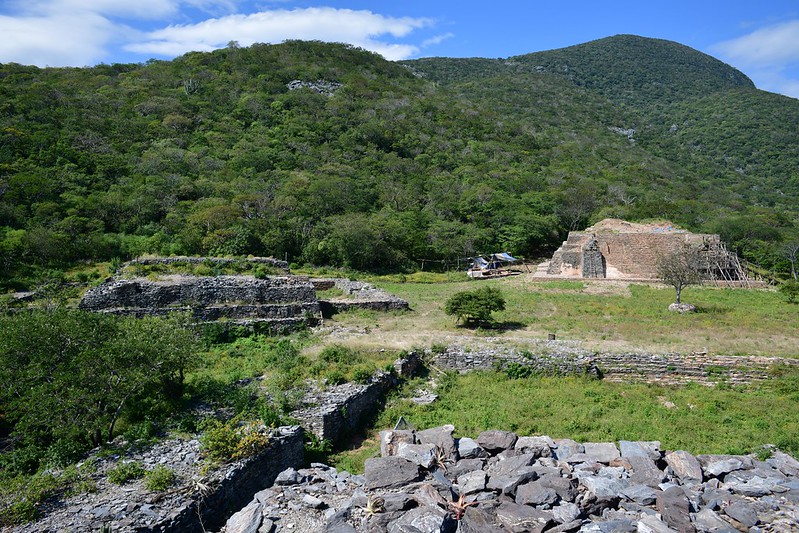
There are indications that Guiengola was not a city, but a fort, where according to archaeological evidence, an important battle took place between the Zapotecs and the Mixtecs.
Although this area of southeastern Oaxaca, sometimes inhabited by indigenous tribes, is easy to reach on a visit, the nearest parking place is an hour’s walk away.
Guiengola is open Monday through Saturday from 9 am to 8 pm.
9. Huamelulpan Oaxaca
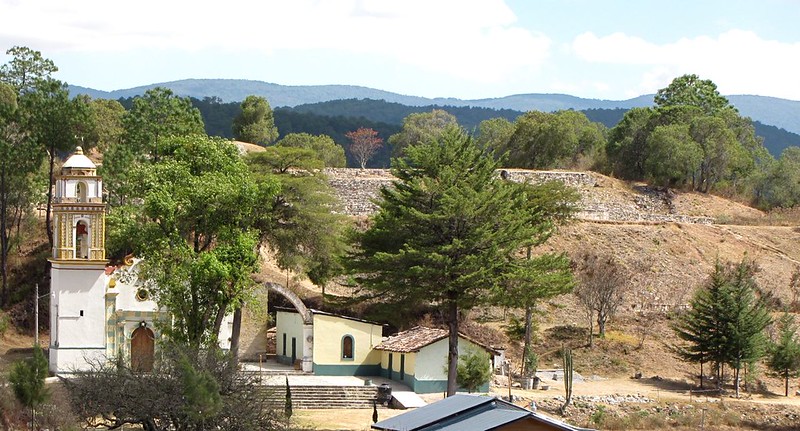
This Mixtec archaeological site is believed to be one of the largest Mesoamerican cities of its time.
You will find huge-level platforms that have an incorporated drainage system. Some served as the base for the homes of the most powerful residents of the time.
Huamelulpan was inhabited in 3 periods from the 400’s B.C. to 600 A.D.
10. Lambityeco
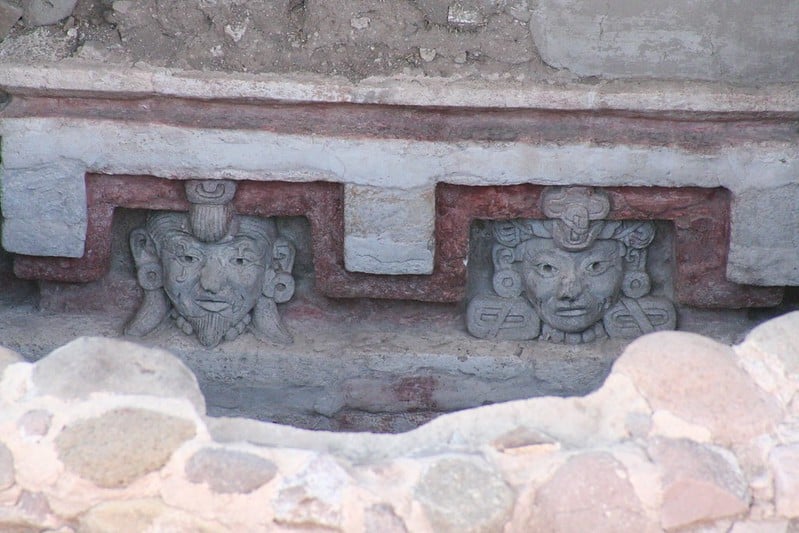
Although it is popular for the puppet heads of Pitao Cocijo, a Zapotec deity, its Palace of the Priests in pyramid M-190 and the Palace of the Caciques in M-195 is the highlight of this archaeological zone 25 kilometers southeast of Oaxaca City.
Unlike its neighboring towns, Lambityeco was not dedicated to agriculture. It was better known as a center for the production and sale of salt.
Visit it any day of the week from 8 am to 5 pm.
11. San José El Mogote
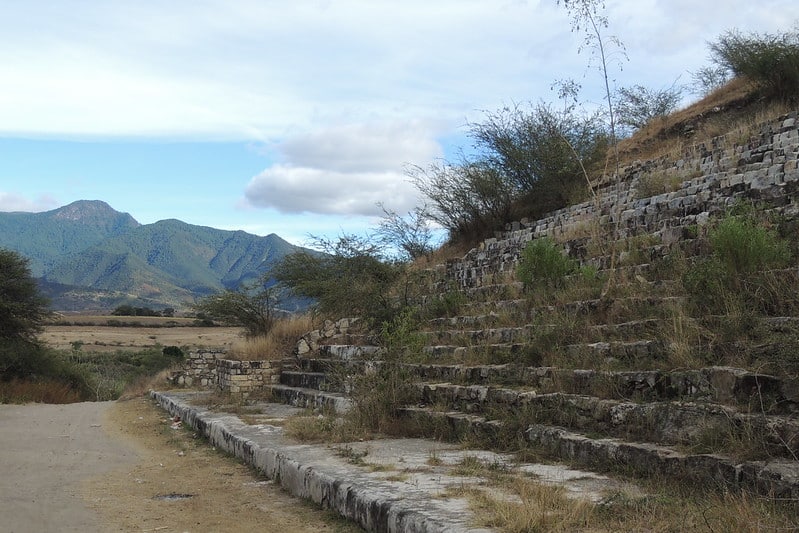
San José el Mogote, on the hill of La Campana north of El Calvario, in Santiago Suchilquitongo, is one of the oldest settlements in Oaxaca.
From the archaeological evidence of the site, it was discovered that its inhabitants learned to make astronomical calculations and had one of the oldest forms of writing in Mesoamerica.
They were believed to be among the first to create pottery.
The city was inhabited for at least a thousand years before beginning a decline at the end of the Middle Preclassic. It was finally abandoned at the end of the Late Preclassic.
12. Atzompa ruins near Monte Alban, Oaxaca
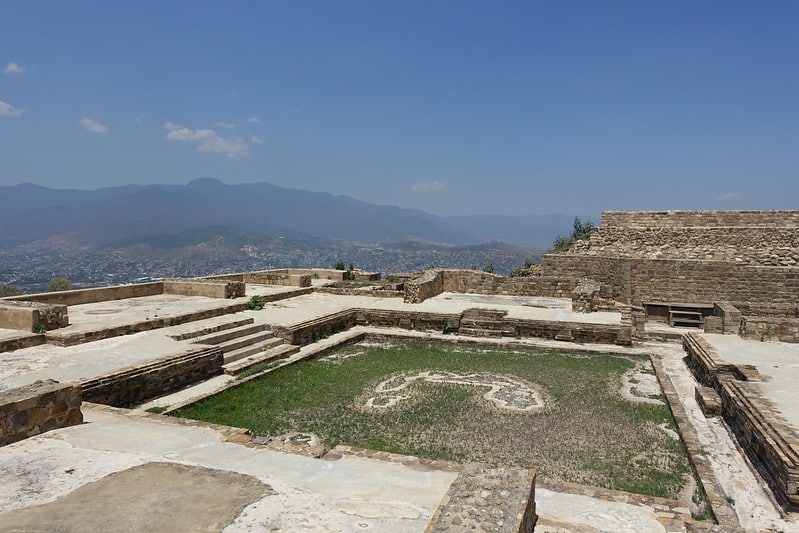
Atzompa means in Nahuatl, “at the top of the water”. It was one of the monumental complexes belonging to Monte Alban.
It has three ball courts very close to each other, one of them 45 meters long, which makes it the largest of all in the area, including those of Monte Alban.
Although you can visit this archaeological site every day from 8 am to 5 pm, it is not an official open site, so you will not find any infrastructure or services for visitors.
Top pyramids and ruins to visit in Oaxaca: Conclusion
These 12 archaeological zones enrich Mexican history, which already has plenty of other pyramids and places of great tourist and scientific attention throughout Mexico.
Visit Oaxaca and get to know them, nothing and no one can take away the experience.
If you liked this article, share it on social networks so that your family, friends, and followers also know the archaeological wonders that await them in Oaxaca, Mexico. Vamonos!

